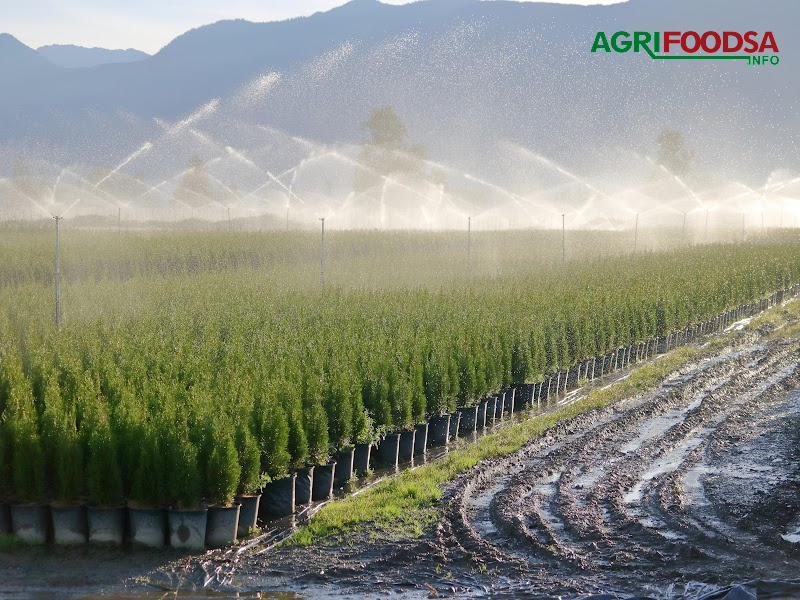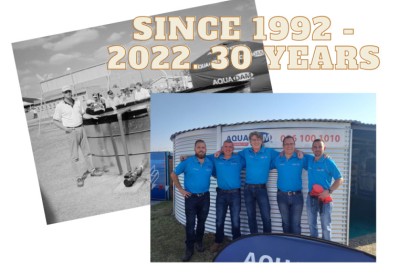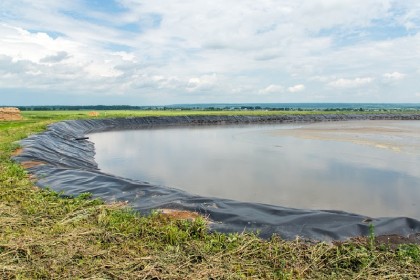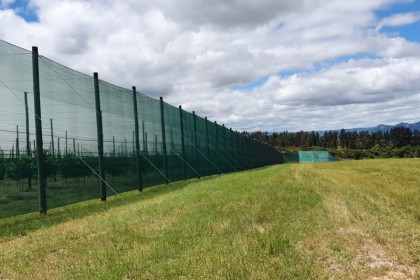
Survey and Design of Irrigation Systems: A Comprehensive Guide
Irrigation is a crucial component of agriculture, ensuring optimal water supply for crops. This article explores the survey and design process for all types of irrigation systems, emphasizing the need for efficiency and sustainability.
Understanding the Landscape
1.1 Climate Analysis
- Discuss the impact of climate on irrigation needs.
- Highlight the importance of considering rainfall patterns and temperature variations.
1.2 Soil Types
- Explain how different soil types affect water retention and drainage.
- Provide insights into soil texture, structure, and porosity.
2. Water Sources and Availability
2.1 Surface Water
- Explore the utilization of rivers, lakes, and reservoirs for irrigation.
- Discuss the importance of water quality and potential contamination issues.
2.2 Groundwater
- Analyze the use of wells and boreholes.
- Address the concerns related to groundwater depletion and salinity.
2.3 Rainwater Harvesting
- Introduce rainwater harvesting as a sustainable source.
- Highlight its benefits and potential challenges.
3. Types of Irrigation Systems
3.1 Surface Irrigation
- Cover furrow, basin, and border irrigation methods.
- Discuss advantages and limitations of each.
3.2 Drip Irrigation
- Explain the principles and components of drip irrigation.
- Emphasize water conservation and precision.
3.3 Sprinkler Irrigation
- Explore different types of sprinkler systems.
- Discuss their suitability for various crops and landscapes.
4. Design Considerations
4.1 Crop Water Requirements
- Highlight the importance of understanding crop water needs.
- Discuss methods for determining crop evapotranspiration.
4.2 Irrigation Scheduling
- Introduce efficient scheduling techniques.
- Discuss the role of soil moisture monitoring and weather forecasts.
4.3 System Layout and Components
- Provide guidelines for designing the physical layout of the irrigation system.
- Discuss the selection of pumps, pipes, and other components.
5. Technology Integration
5.1 Automation and Smart Irrigation
- Explore the benefits of automation in irrigation.
- Discuss the role of sensors and smart controllers.
5.2 Remote Monitoring
- Highlight the importance of remote monitoring for system efficiency.
- Discuss emerging technologies in irrigation management.
Summarize key points discussed in the article, emphasizing the importance of a well-planned survey and design process for irrigation systems to enhance agricultural productivity while conserving water resources.
For other agricultural products and services, click here












